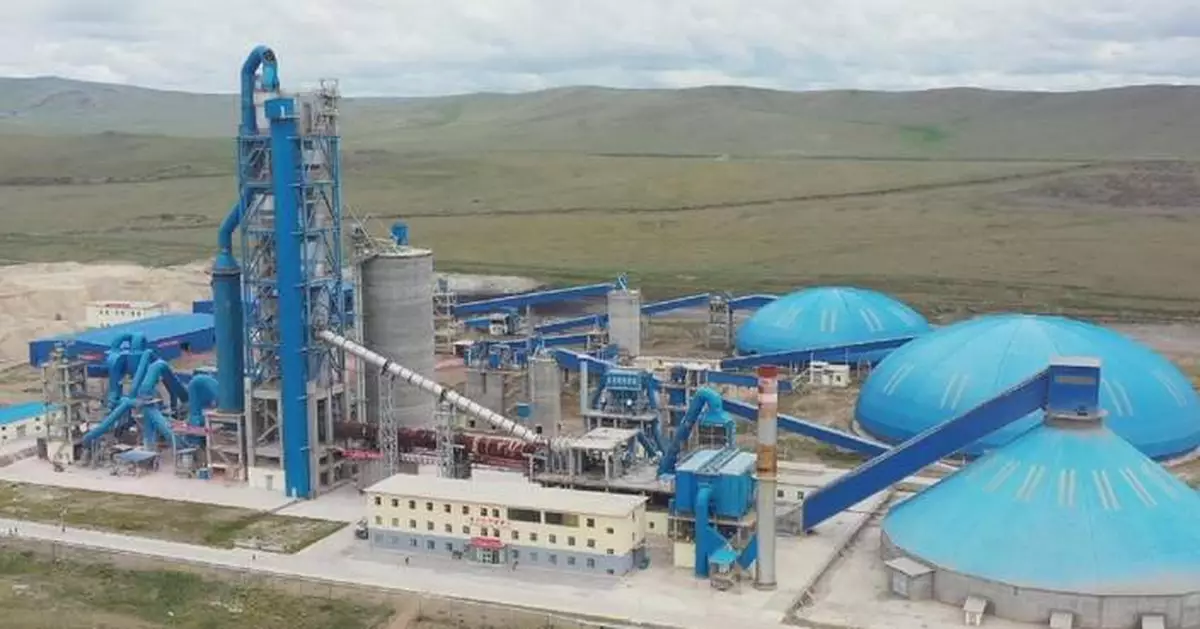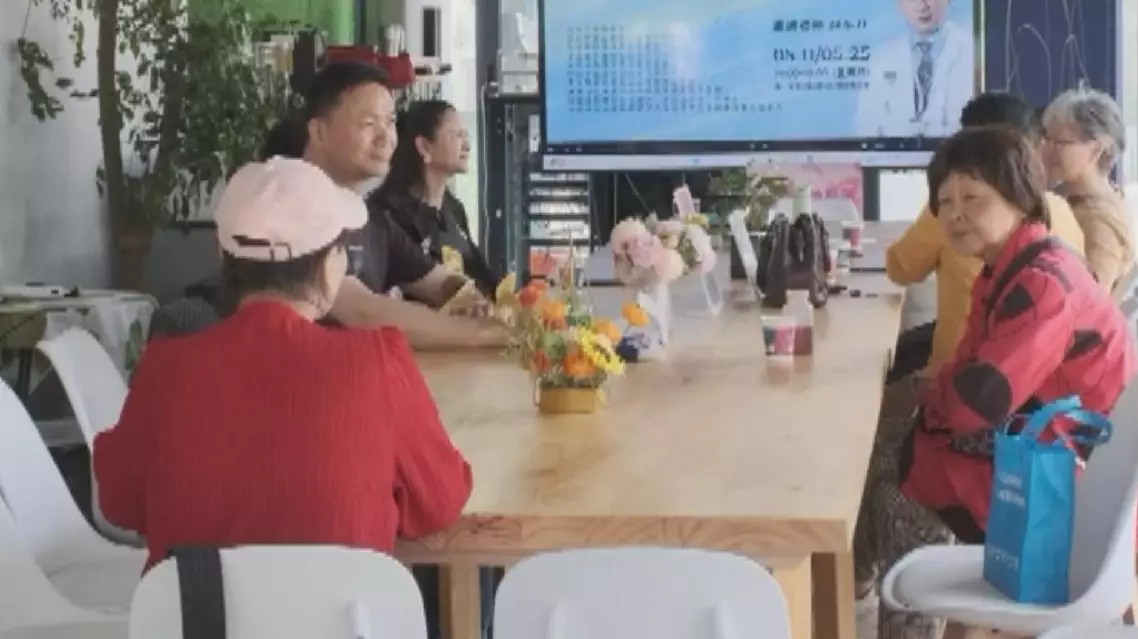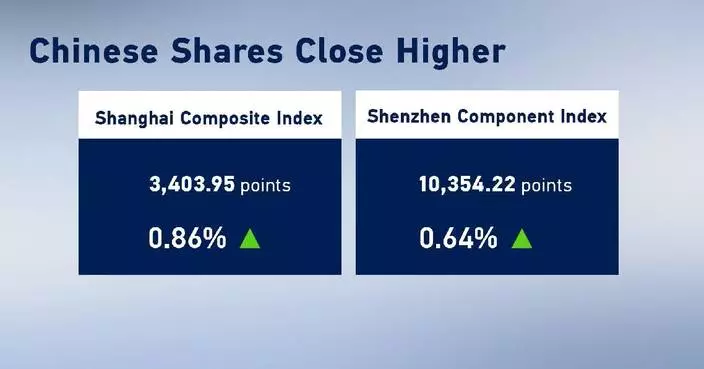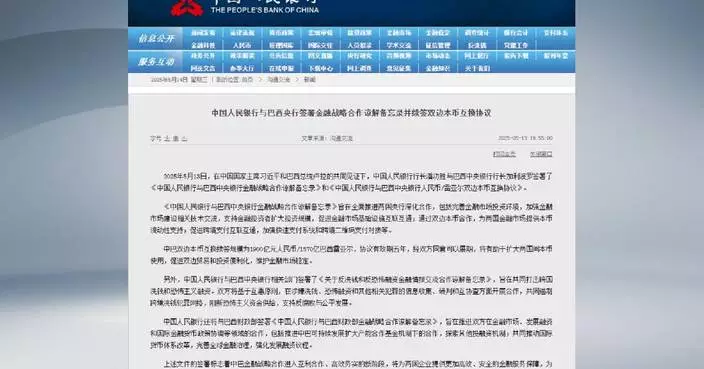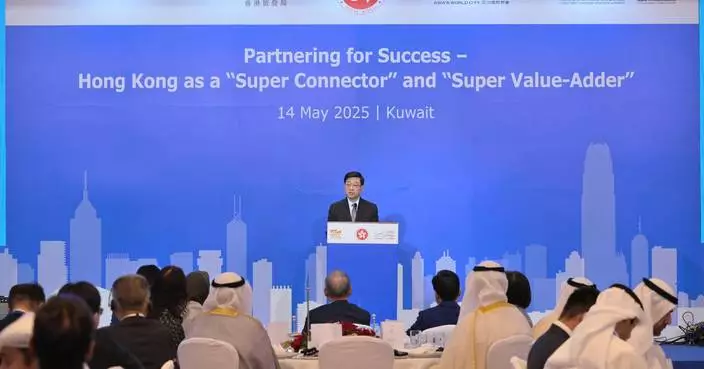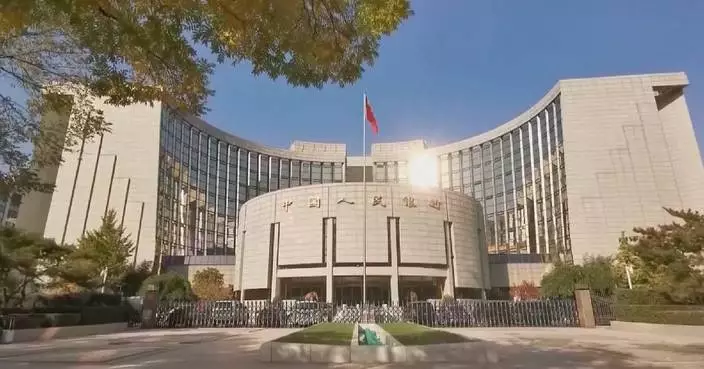China's cement companies are accelerating the pace of "going global" with more production lines under construction or proposed in other countries and regions.
China's cement production totaled 2.023 billion tons in 2023, ranking the first in the world for 38 consecutive years, according to the World Cement Association (WCA) Annual Conference 2024 that opened in Nanjing City of east China's Jiangsu Province on Saturday.
China's cement output accounted for more than 50 percent of the world's total.
Kong Xiangzhong, executive president of the China Cement Association, said that as of last year, China's domestic cement companies have invested in building 43 cement plants in 21 other countries, whose production capacity of cement clinker is about 44 million tons. There are also about 30 more production lines under construction or proposed.
Among the Chinese-invested cement factories abroad, the number of wholly Chinese-owned factories accounts for about 40 percent of the total, and that of the joint venture companies about 60 percent.
"The number of specialists and technical experts [with the cement industry] in China is more than in the rest of the world that put together. And so, of course, China will play a very important role in the development of the cement industry" said Ian Riley, CEO of the WCA.
Meanwhile, the country's cement industry is accelerating its transformation to digitalization and green manufacturing, keeping pace with the country's drive to achieve carbon reduction goals.
At the World Cement Association's (WCA) Annual Conference which took place from the Oct 24 to 25 in Dubai, China National Building Materials (CNBM) Shanya South Cement Plant was awarded the WCA Model Plant Award for achieving exceptionally low heat and power consumption, excellent clinker quality, and the implementation of the 'intelligent plant' concept, which includes advanced control systems, an intelligent laboratory, and enhanced safety management.
"We have recreated a digital twin factory whose data all comes from the physical one we have. The real-time date collected during the production process, such as safety management and environmental protection management, will be sent to the digital factory," said Zhang Jian, general manager of CNBM Hangzhou Shanya South Cement Co., Ltd.
Digitalization has transformed traditional cement factories into smart ones, and the country's large-scale equipment renewal policy has also benefited this factory.
"This is a new conveyor belt under construction for raw mineral materials transportation. Compared with the traditional open-air ones that are usually built on the hillside, the conveying distance of the new one is cut by one third, the power consumption is reduced by half, but its conveying capacity is doubled," said Zhao Guixiu, deputy general manager of CNBM Hangzhou Shanya South Cement Co., Ltd.
China released a plan on ultra-low emissions in cement production to reduce pollutant emissions in January this year. The plan requires half of cement clinker production capacity in the country's key regions for air pollution control to complete ultra-low emission transformation by the end of 2025, and 80 percent of China's overall cement clinker production capacity to finish the transformation the end of 2028.
It marks the ultra-low emission transformation in another traditional industry after coal-fired power plants and the steel industry in China.
In September 2020, Chinese President Xi Jinping announced that the country aims to hit peak carbon emissions by 2030 and achieve carbon neutrality by 2060.
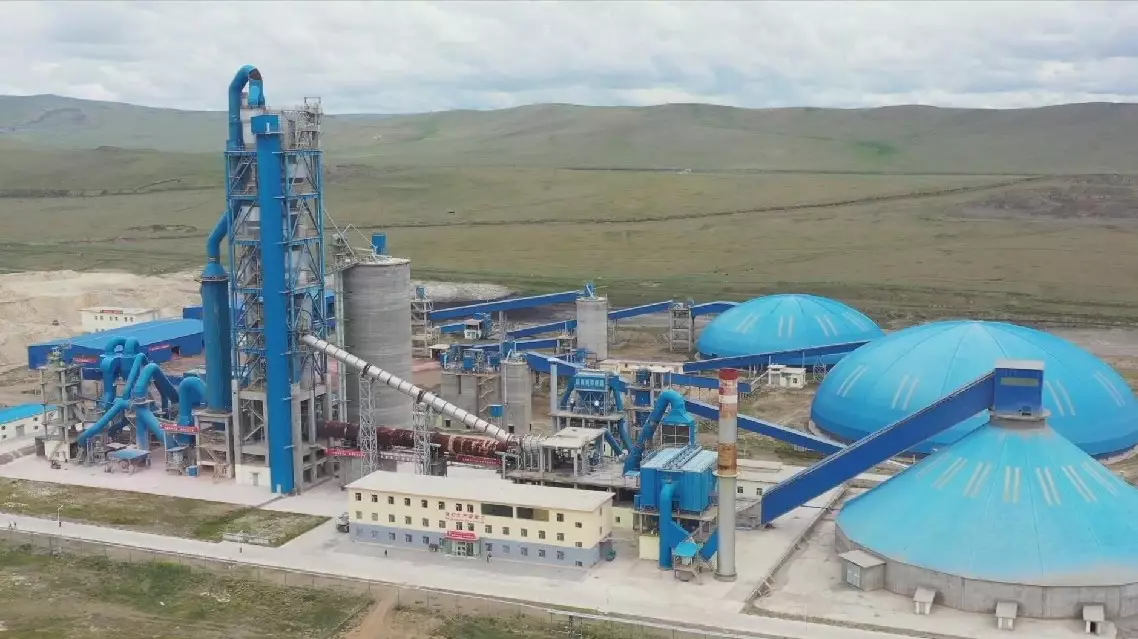
China's cement companies accelerates pace of "going global"


